Serdica (Sofia, Bulgaria)
Serdica (medieval Sredets, modern Sofia, Bulgaria) was a city in Bulgaria on the river Iskur, at the intersection o f the northwest-southeast Belgrade-Constantinople rout e and a north-south route linking the Aegean with the Danube. Originally the capital of the Thracian Serdi, it was raised to city status by Trajan and under Diocletian became the capital of Dacia Mediierranea. In 342 or 343 a church council was held there in a futile attempt to solve the problem of Arianism. Probably captured by the Visigoths in the late 4th century, Serdica was sacked by Attial in 441 or 442. Refortified in the 6th century, it remained a Byzantine outpost during the Avar and Slav invasions and the early Bulgar expansion. Captured by Krum I in 809, it probably returned t o
Byzantine control briefly, but it remained in Bulgarian hands from the time of Boris I until 1018, with a short interval of Byzantine rule in the 970s. I n 1018, it became part of the Byzantine Empire along with the rest of Bulgaria, Serdica saw the passage of the armies of the First and Second Crusades. I n 1194 Asen I captured Serdica and incorporated it in the Second Bulgarian Empire. I n I382 it fell to the Ottoman Turks, who made it the capital of a beylerbeylik.
The center of' the cit y preserves the ancient town plan unchanged. Two churches survive from antiquity. The round Church of St . George was originally par t of an imposing public building, perhaps baths or an imperial reception hall. The earliest of its five layers of frescoes dates from the 4th century The Church of St. Sophia, originally outside of the walls, was destroyed and rebuilt four times in antiquity; its present form is probably 6th century. Its scale bears witness to the importance of Serdica in late antiquity. Stefan Nemanja was buried in a medieval church on the site on which the 19th century Church Sveta Nedelja was built.
Page under construction

Plan of fortified city of Serdica from Ćurčić
Archaeological Complex and Banya Bashi Mosque

Early Christian Basilica
Ruins of Western Gate
Ruins of Eastern Gate
Bath Ruins near Banya Bashi Mosque
Ruins near Church of St. Nedelya
Amphitheater Ruins
Church of St Petka of the Saddlers
Ann Wuyts
Watercolor Reconstruction of Ulpia Serdica by J. Oberbauer (end of 19th century)
At Sofia History Museum
Sofia from around the time of the Liberation
At Sofia History Museum
St. Sofia (1878)

Church of St. Sophia by J. Oberbauer (1892)

Church of St. George by J. Oberbauer (1892)
Church of St. Sophia and the Necropolis by J. Oberbauer (1896)
At Sofia History Museum


National Archaeological Museum
Mosaic Icon of Virgin Hodegetria (early 14th century)
From Church of St. George in Heraclea Thracis (Marmara Ereğlisi)
Icon of St. Theodore (late 9th-early 10th century)
Patleina Monastery near Veliki Preslav
Floor mosaic from the Church of St. Sophia (first quarter of 4th century)
Capitals (5th-6th century)
Sofia History Museum
Herm from Filipovtsi Villa
Icon Museum of St. Alexander Nevsky Cathedral
Christ Pantokrator (13th century)
From Mesembria/Nesebar
St. Nicholas of Myra (12th-13th century)
From Mesembria/Nesebar
Sources
Architecture in the Balkans from Diocletian to Süleyman the Magnificent by Slobodan Ćurčić
Byzantine Architecture by Cyril Mango
Early Christian and Byzantine Architecture by Richard Krautheimer
Oxford Dictionary of Byzantium edited by Alexander Kazhdan
Resources
Church of St. Sophia Album (Byzantine Legacy Flickr)
St. George Rotunda Album Album (Byzantine Legacy Flickr)
Ruins of Serdica Album (Byzantine Legacy Flickr)
National Archaeological Museum Album (Byzantine Legacy Flickr)
Sofia History Museum Album (Byzantine Legacy Flickr)
Icon Museum of St. Alexander Nevsky Cathedral Album (Byzantine Legacy Flickr)
Boyana Church Album (Byzantine Legacy Flickr)
.jpg)
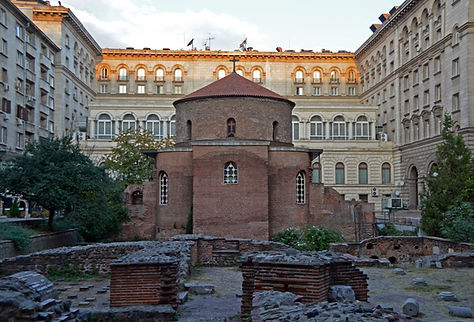.jpg)






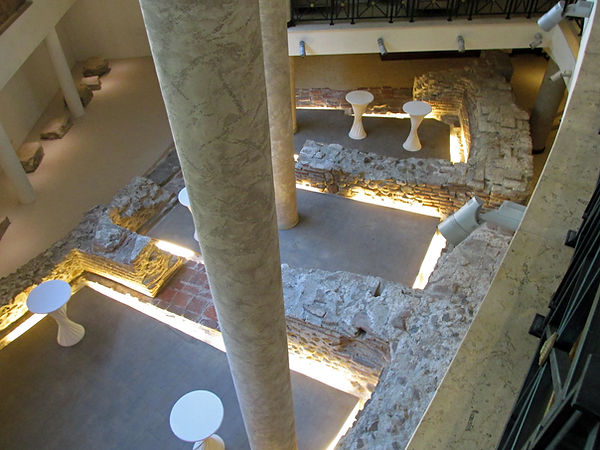
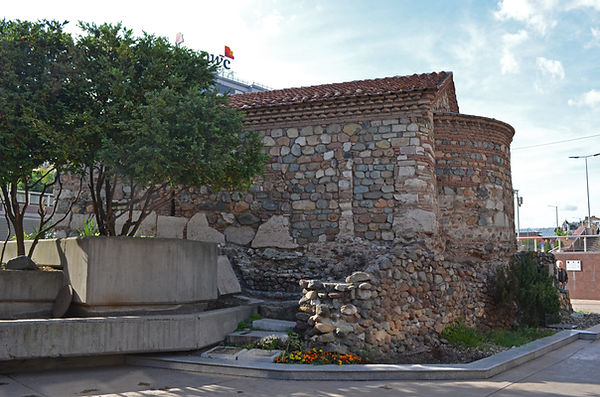


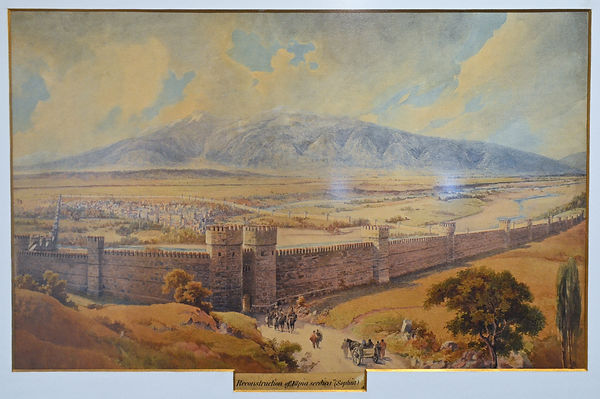
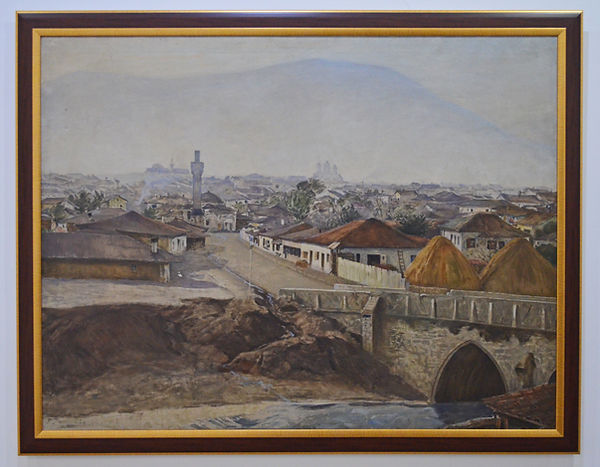
.jpg)
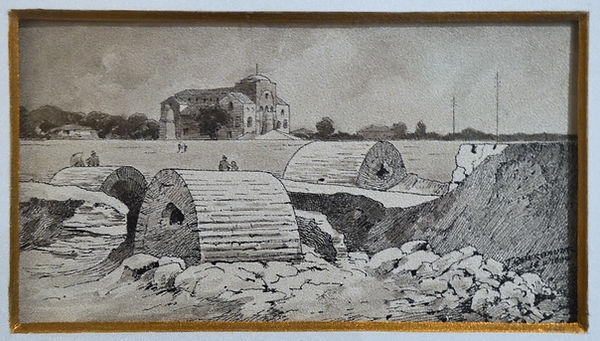

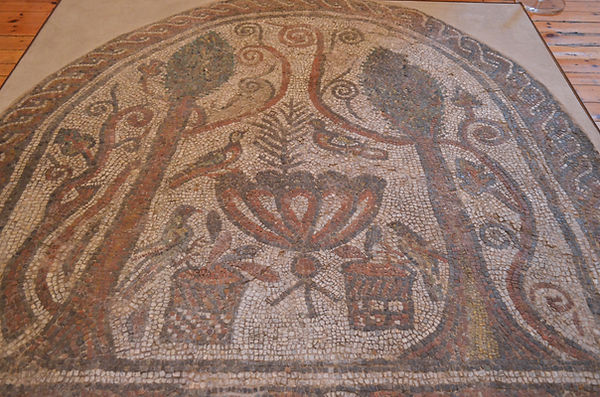
.jpg)

%20from%20M.jpg)
.jpg)
